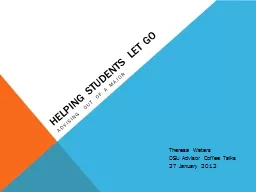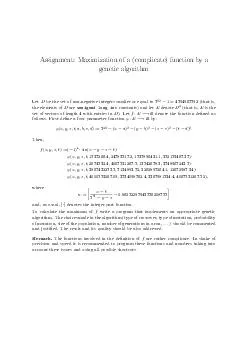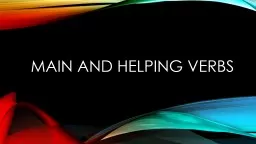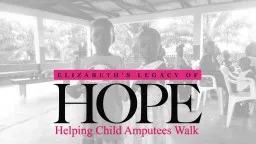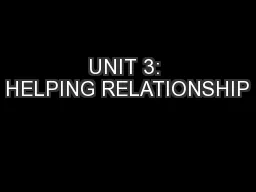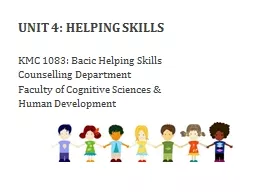PPT-Helping students let go
Author : olivia-moreira | Published Date : 2017-04-07
Advising out of a major Theresa Waters OSU Advisor Coffee Talks 27 January 2012 Objectives 2 List reasons why a major may not be a good fit Describe the 5 step DECAF
Presentation Embed Code
Download Presentation
Download Presentation The PPT/PDF document "Helping students let go" is the property of its rightful owner. Permission is granted to download and print the materials on this website for personal, non-commercial use only, and to display it on your personal computer provided you do not modify the materials and that you retain all copyright notices contained in the materials. By downloading content from our website, you accept the terms of this agreement.
Helping students let go: Transcript
Download Rules Of Document
"Helping students let go"The content belongs to its owner. You may download and print it for personal use, without modification, and keep all copyright notices. By downloading, you agree to these terms.
Related Documents

